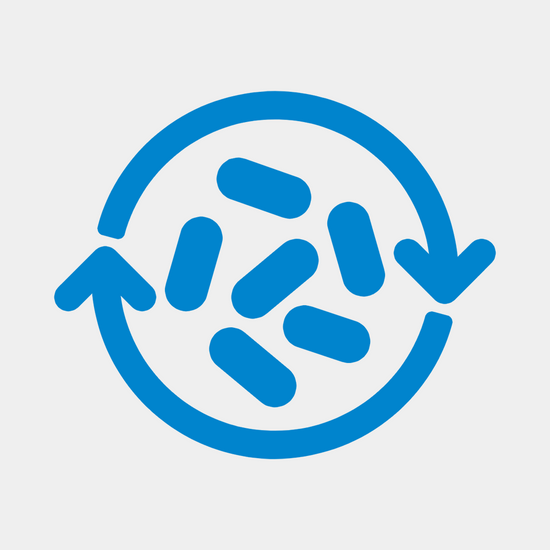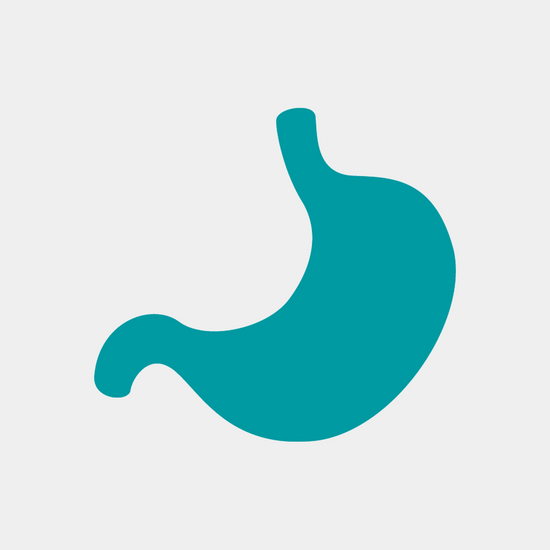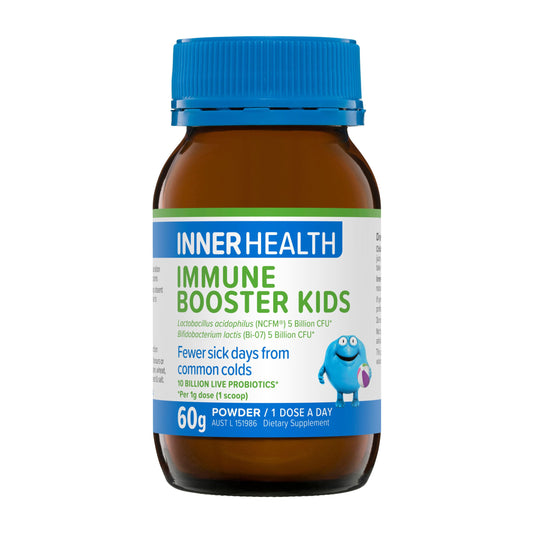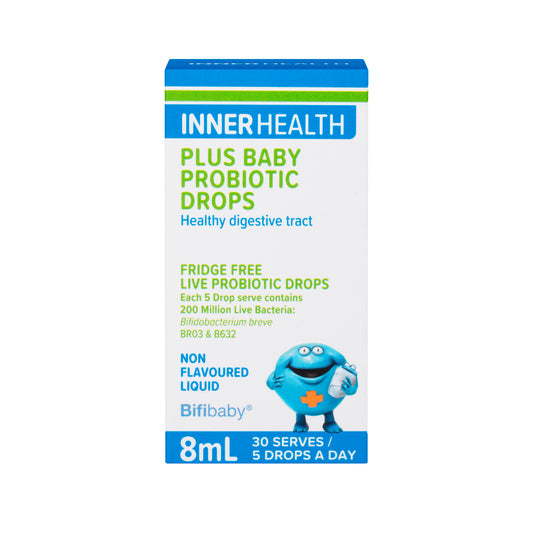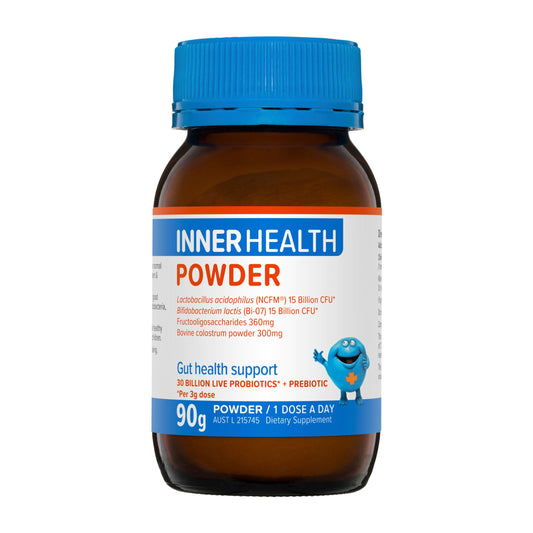Probiotics for Kid's Health
Childhood is a time of rapid growth and development, so good nutrition for children is of the utmost importance. It is during infancy and childhood that the immune system is developed and ultimately tested.
Most children will experience increased exposure to illness and infection whilst interacting with each other at childcare, preschool, and during the early school years. Supporting the health of the gut and the immune system with probiotics for children may be beneficial and can help set them up for better health throughout their entire lives.
The role of probiotics for babies & children
Babies are born with a sterile gut¹. This means that it is not yet colonised with bacteria. The colonisation of the gut by maternal and environmental bacteria first occurs during birth, and feeding and other contact continue this population of the infant gut with bacteria. This colonisation is influenced by the baby's gestational age, mode of delivery, level of hygiene, whether the baby is breastfed or formula fed, and any antibiotic exposure. It takes up to 2.5 years for the child's microbiome to become diverse and resemble that of an adult².
Disruption to the healthy microbiome during infancy can significantly influence the expression of diseases in later life.³ As such, supporting the foundation of a healthy gut is imperative - and probiotics for babies may help.
Probiotics may also be beneficial for a range of other health conditions in babies, toddlers, and children, including:
- Support and strengthen the gut lining
- Support and strengthen the gut-brain axis
- Gut restoration after antibiotics
- Gut restoration after a gastrointestinal illness or diarrhoea
- Support healthy digestion
- Support a strong immune system
- May help prevent and reduce the severity and duration of colds and other common childhood illnesses
- May help prevent constipation
- May help reduce the frequency and duration of diarrhoea
- May help manage allergies
- May help with childhood eczema
- https://www.rch.org.au/uploadedfiles/main/content/ccch/cpr_vol22_no1_factsheet.pdf
- https://www.ncbi.nlm.nih.gov/pmc/articles/PMC3983973/#B8
- https://www.ncbi.nlm.nih.gov/pmc/articles/PMC3983973/
Always read the label and follow the directions for use.

